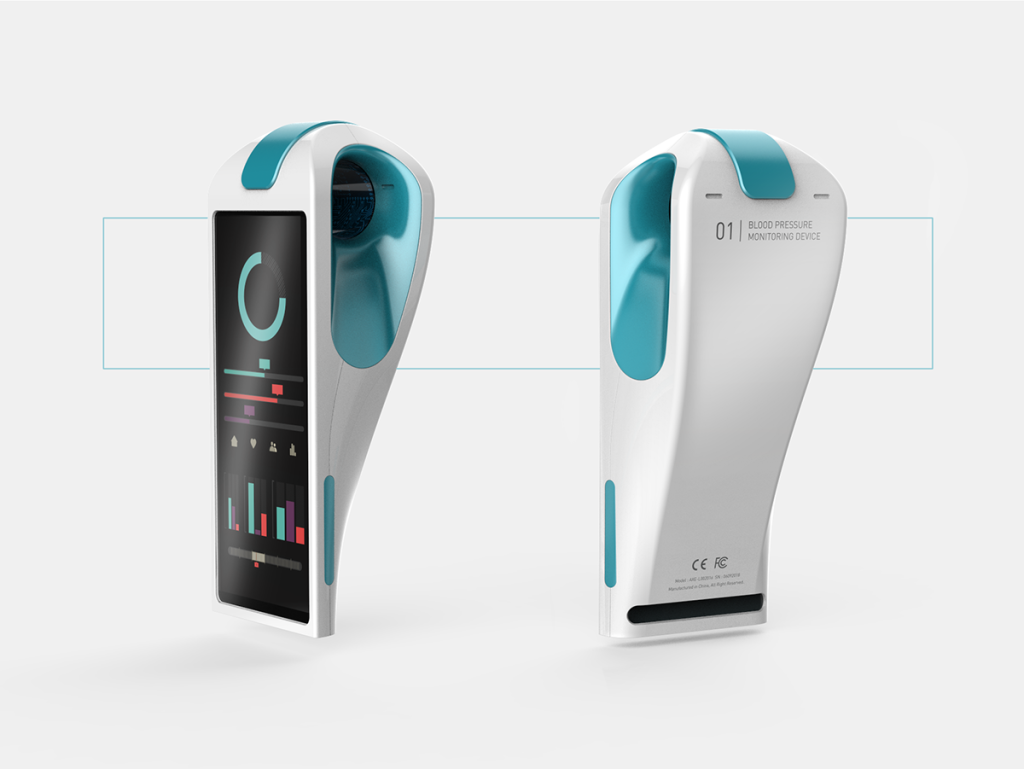Medical device design is a multifaceted process that involves the creation of revolutionary methods and technologies to diagnose, monitor, and handle medical conditions. It encompasses a wide selection of disciplines, including executive, biomedical science, human factors, and regulatory affairs. At its core, medical product design aims to enhance patient outcomes, increase healthcare delivery, and advance medical knowledge.
The method of medical product design generally starts with determining unmet clinical needs and possibilities for innovation. This may require performing market study, visiting healthcare professionals, and getting feedback from individuals to understand the challenges and requirements of the prospective population. By increasing insights into user wants and choices, manufacturers can develop options that handle real-world healthcare challenges.
When the style objectives are established, the next phase is concept development and prototyping. Developers use many different methods and practices, such as for instance CAD application and 3D making, to generate prototypes and iterate on design concepts. Prototyping enables designers to test the functionality, usability, and safety of the unit in a controlled atmosphere, enabling them to refine the style and handle any issues that arise.
Individual facets and ergonomics play an essential position in medical unit style, as units must be spontaneous and user-friendly for healthcare specialists and patients alike. Makers contemplate factors such as system size, shape, and screen design to improve usability and decrease the chance of errors or misuse. Usability testing and individual feedback are integral areas of the style method, ensuring that products meet the needs of end-users and may be successfully integrated into scientific workflows.
Through the entire style method, developers should also navigate regulatory demands and criteria to ensure compliance with appropriate regulations and regulations. This might require completing risk assessments, taking style regulates, and preparing regulatory submissions for acceptance from regulatory agencies like the FDA or CE Noticing for the European market. Compliance with regulatory needs is important to ensure the protection and usefulness of medical units and facilitate industry access.
In addition to meeting regulatory requirements, medical system developers must also contemplate facets such as for instance cost-effectiveness, scalability, and manufacturability. Style choices should stability the competing requirements of efficiency, price, and manufacturability to create units that are both modern and commercially viable. Effort with production engineering design companies early in the look method might help streamline creation and enhance the production process.
The area of medical device design is continually changing, driven by improvements in engineering, changes in healthcare delivery, and shifts in patient needs and preferences. Emerging trends in medical unit design include the integration of artificial intelligence, the use of wearable and implantable systems, and the growth of rural monitoring and telehealth solutions. These improvements have the possible to revolutionize healthcare delivery and improve patient outcomes across a wide selection of medical specialties.
In conclusion, medical device design is a complicated and powerful subject that will require a multidisciplinary method and a strong understanding of healthcare challenges and opportunities. By leveraging technology, individual factors, and regulatory knowledge, medical device designers can produce revolutionary answers that have the possible to convert individual attention and advance medical science.


Leave a Reply